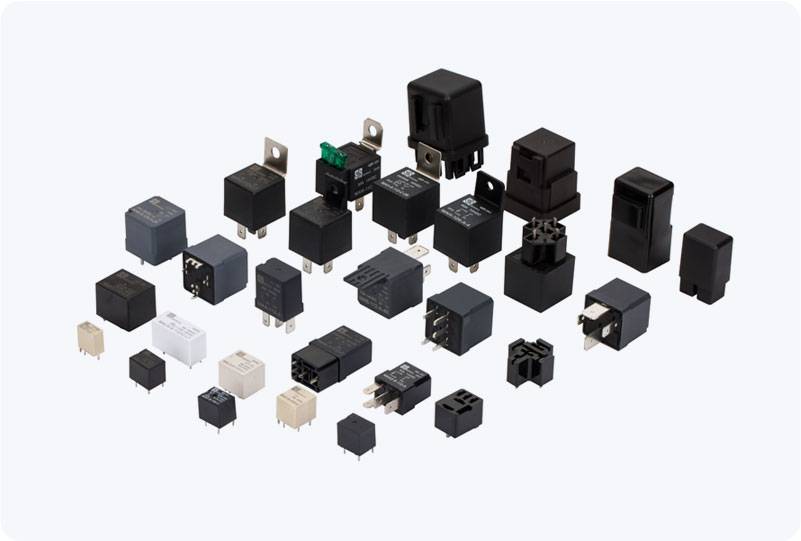solid-state hv relay: revolutionizing high-voltage switching technology
Release time:2025-06-26 14:24:02
In today’s rapidly advancing electrical and electronics sectors, the demand for more reliable, efficient, and long-lasting switching technologies has led to the development of Solid-State High Voltage (HV) Relays. These relays, which replace traditional mechanical relays with electronic components, are gaining popularity due to their numerous advantages in high-voltage applications. This article delves into the features, benefits, applications, and future trends surrounding Solid-State HV Relays.

What is a Solid-State HV Relay?
A Solid-State HV Relay is a type of relay that uses semiconductor components such as Transistors, MOSFETs (Metal-Oxide-Semiconductor Field-Effect Transistors), or SCRs (Silicon-Controlled Rectifiers) to switch electrical circuits. Unlike traditional mechanical relays, which rely on physical contacts that open and close to control the flow of electricity, Solid-State HV Relays operate without any moving parts. This fundamental difference leads to several key advantages in performance and durability.
Key Features of Solid-State HV Relays
No Mechanical Wear and Tear: Solid-State HV Relays are built with solid-state electronics, eliminating the need for mechanical contacts. This characteristic greatly reduces wear and tear, making these relays more durable and reliable than their mechanical counterparts.

